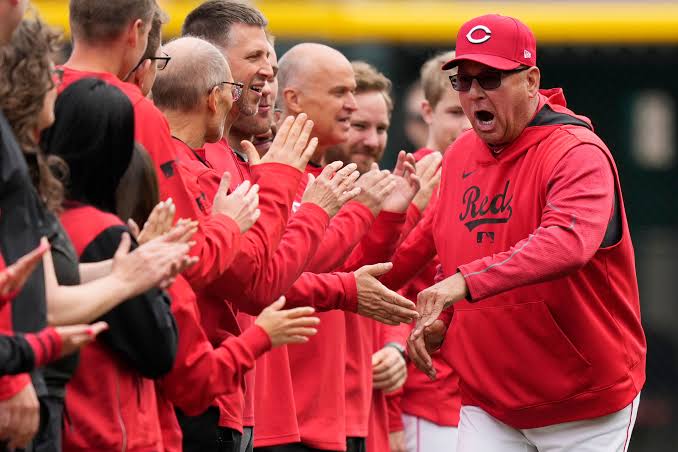The St. Louis Cardinals, having posted a 78‑84 record, are entering another offseason looking to retool. Their rotation left much to be desired, with all of their starters posting ERAs north of 4.00. With injuries, underperformance, and departures likely, the team is being urged by insiders to pursue more dependable arms to stabilize the pitching staff.
One of the names floated is Zack Littell, a right‑hander who spent parts of 2025 pitching for both the Rays and the Reds. Over the course of the season, he made 32 starts and logged 186⅔ innings, finishing with a 10–8 record, a 3.81 ERA, and a 3.2 WAR. Despite some inconsistency, his ability to generally hold a rotation spot makes him a logical low‑cost target.
The logic behind pursuing a pitcher like Littell is simple: the Cardinals are expected to shop veterans such as Sonny Gray, Willson Contreras, and Nolan Arenado in a push to get younger. If Gray is traded and free agency takes other rotation pieces elsewhere, St. Louis will need to replace a heavy burden of innings (some 300+ innings). A deal for someone like Littell offers upside without overextending financially.

Littell isn’t being pitched as an ace, but as a solid mid‑rotation option who can eat innings and give the club flexibility. The hope would be that he keeps the Cardinals competitive, but could potentially be flipped at the trade deadline in the event they fall out of contention. His age (turning 30) means he’s not over the hill, and his track record gives some reason for optimism.
Still, there is risk. Littell’s peripherals over parts of the season hinted at potential regression: his FIP and home run rates at times lagged behind his ERA. And for a rebuilding team, committing to multiple years or large dollars could conflict with their flexibility and philosophy.
There are alternatives under discussion too. Some writers suggest the Cardinals look at a swingman veteran from Cincinnati — like Nick Martinez — who has experience both starting and relieving. That way, the team can adapt him to fill innings or move to the bullpen as needed. In any case, the goal seems to be adding arms that don’t break the bank but help provide stability during a transitional phase.
In short, the argument is that the Cardinals should pursue a reliable veteran starting option — someone like Littell — who can bridge them through uncertainty and, if things go well, be an asset on the mound or in the trade market. Whether they act will depend on how aggressive the front office wants to be and how their long‑term plans evolve.




